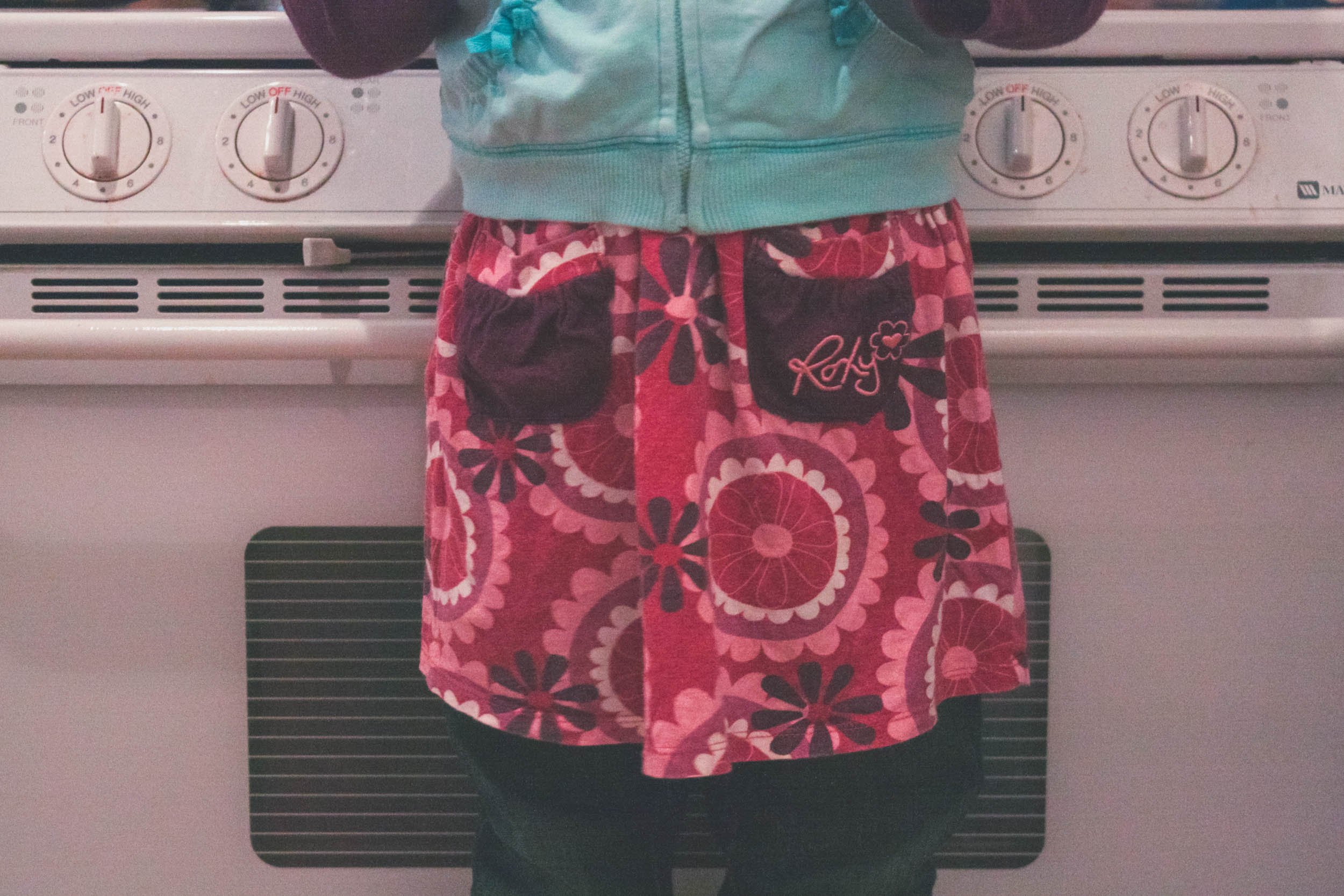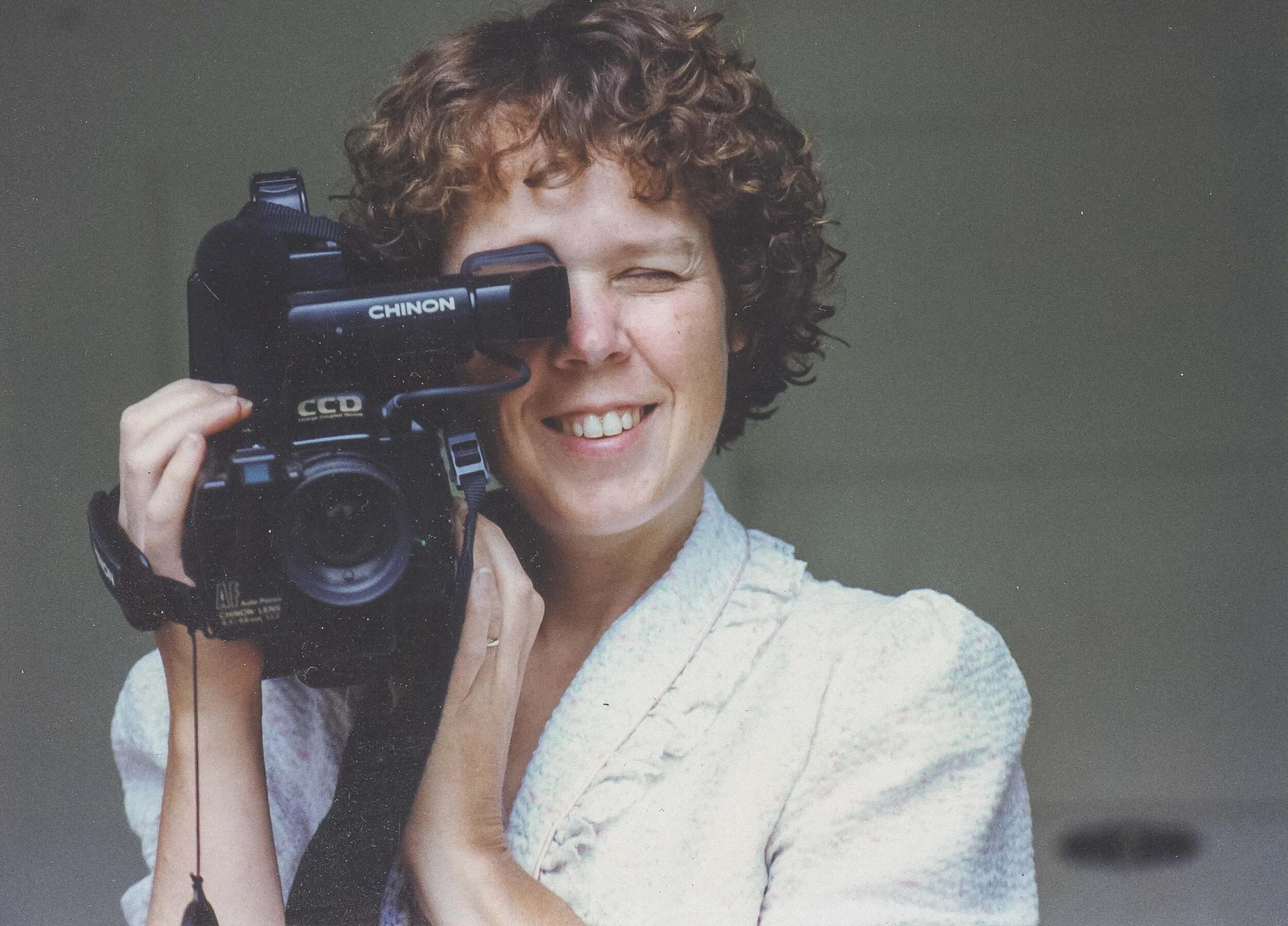No idea where she got it.

She runs into the kitchen,
where I am making supper.
Grabs my Kodak video camera,
turns it on and looks at me
as she races out the front door. Announces over her shoulder,
I have got to video this...I have just got to video this!
I peek outside. She is hunched over,
inspecting rocks with one hand and videoing herself inspecting them with
the other.
She looks up.
What day is it?
Monday, I reply.
She turns back to her rocks.
Continues shooting, lens pointed
back towards her. Begins
narrating to camera.
Today is Monday, and
Mama is going to be home soon.
I chopped a tomato, and
my heart was so filled with
joy that I almost sank through the floor, which I need to replace.
But then we just ate supper and
listened to Django Rheinhardt.

Altman played with overlapping dialogue and long handheld shots that kept the focus on people talking and interacting over each other. Rather than the rat-a-tat-tat of one person talking, then another, there were people constantly moving and talking over and around one another in many of his films - and sometimes off-camera - in fact, sometimes the dialogue happening off-camera is more important to moving the story along than what we’re actually seeing.
Malick has crafted many beautiful, provoking, poetic films that also focus on capturing the feeling, the presence, the happening of a moment in earth’s existence, rather than blazing along with the camera directly focusing on the action. There’s an ephemeral presence in his stories that are both contemplative and action; the action of life happening in our peripheral vision, and how that often is the driving force, rather the apparent happening in front of us.
My mom would come out in the front yard and video. A child would fall, and she would keep videoing. Children would argue, and she would keep videoing. Something would happen away from camera, and she would keep videoing - and narrate what was happening.




